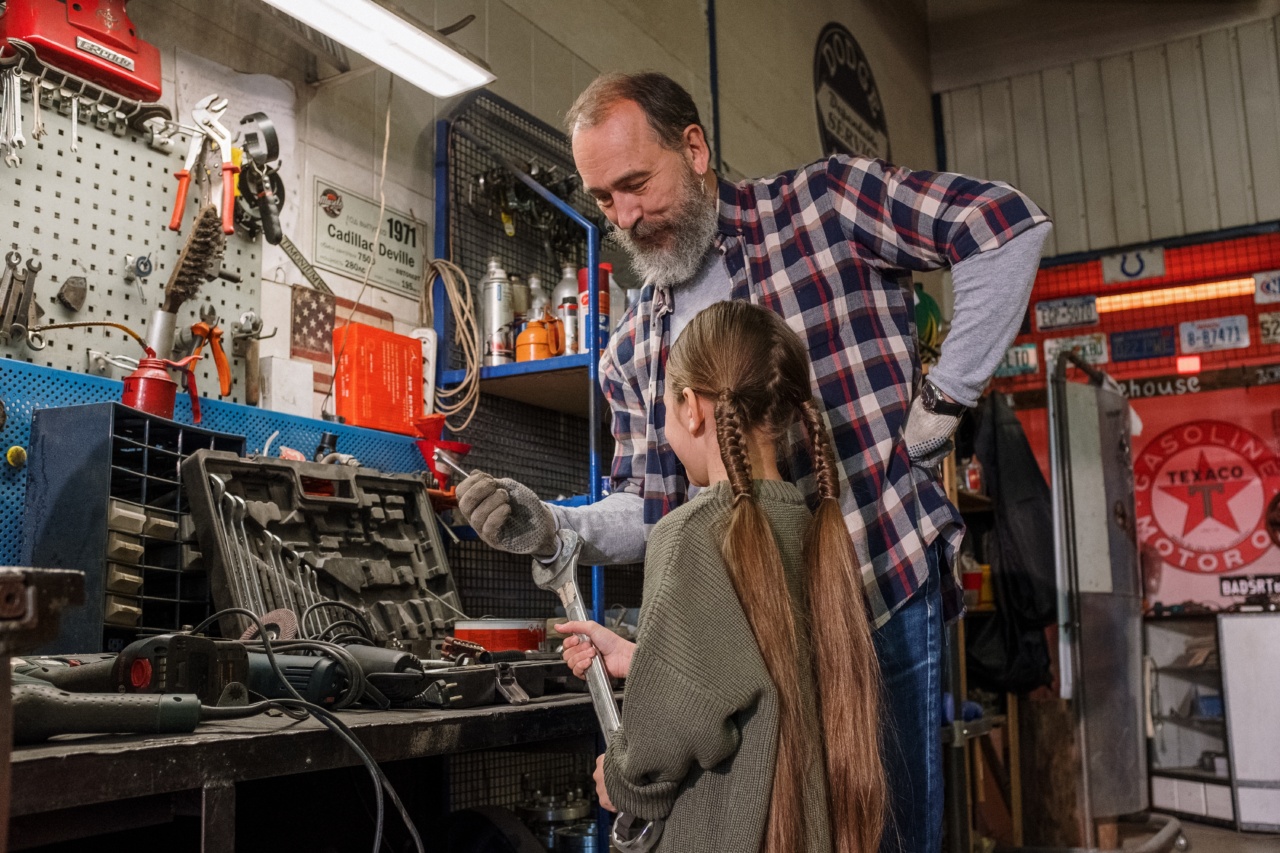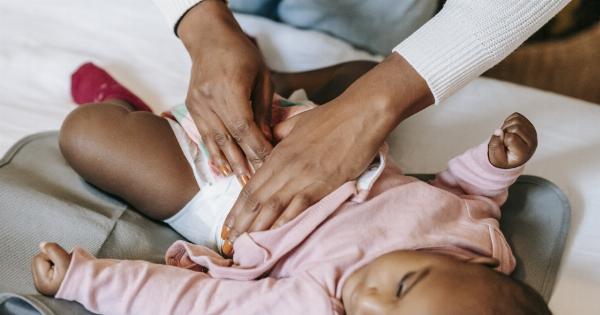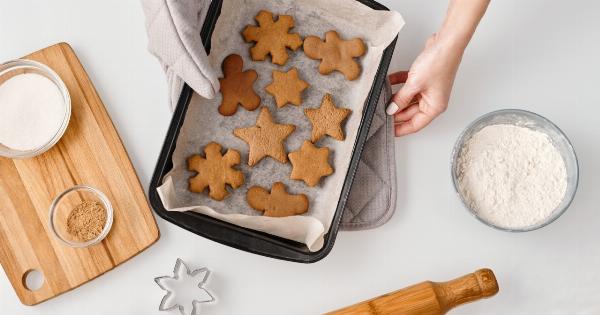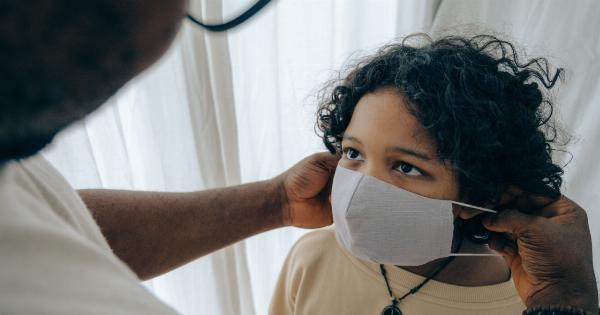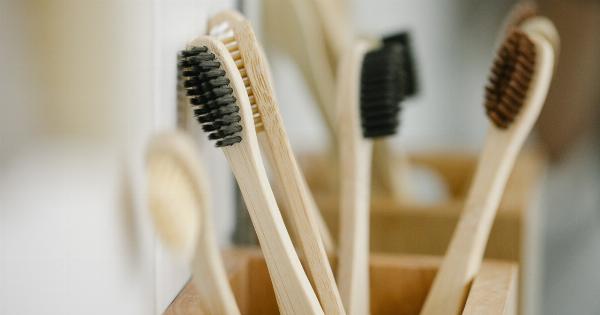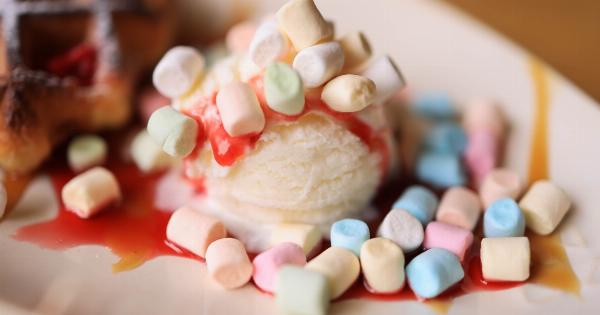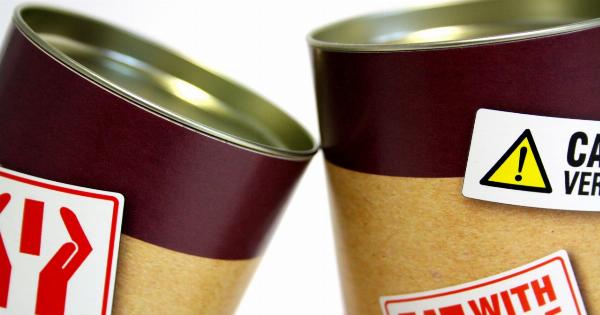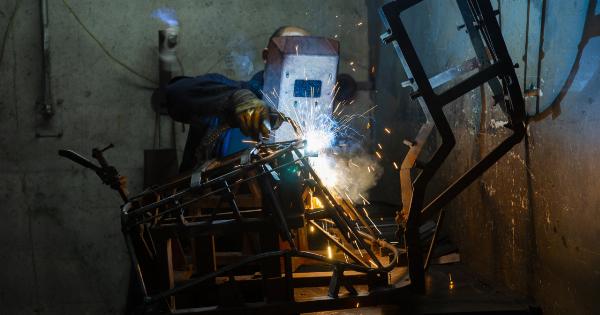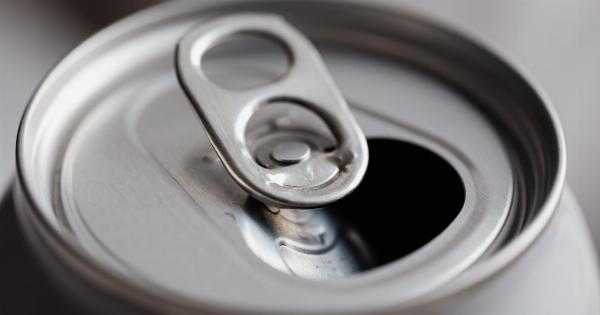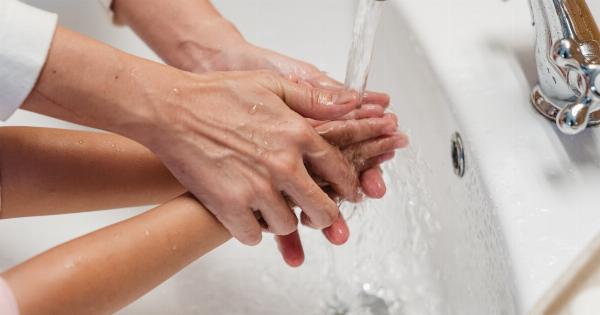According to the American College of Allergy, Asthma & Immunology (ACAAI), peanut allergy is one of the most common food allergies that affect children. It can be life-threatening and cause severe reactions.
If your child has a peanut allergy, it is important to take precautions to prevent allergic reactions. Here are some tips to help you protect your child:.
1. Avoid peanuts and peanut products
The first step to preventing an allergic reaction is to completely avoid peanuts and peanut products. Be vigilant and read food labels carefully. Peanuts can be found in many unexpected products, including baked goods, cereals, and salad dressings.
2. Educate family and friends
Make sure that your family members and close friends are aware of your child’s peanut allergy and the steps they must take to prevent allergic reactions.
Explain the severity of the allergy and what signs to look out for in case of accidental exposure.
3. Carry emergency medication
Always carry emergency medication, such as an epinephrine auto-injector, with you wherever you go. Teach your child to use the medication if an allergic reaction occurs. It is also important to have a backup auto-injector in case the first one fails.
4. Make sure your child’s school is aware
Alert your child’s school about their peanut allergy and provide them with a detailed action plan in case of an allergic reaction.
Ask the school to properly train their staff in recognizing the signs and symptoms of an allergic reaction and how to administer emergency medication.
5. Teach your child about their allergy
Make sure your child is aware of their peanut allergy and understands the steps they need to take to prevent an allergic reaction. Teach them about the importance of reading food labels and avoiding sharing foods with their friends.
6. Avoid cross-contact
Cross-contact occurs when peanut residue is transferred from one food to another. This can happen when foods are prepared on the same surfaces or with the same utensils.
To prevent cross-contact, wash utensils and surfaces thoroughly after preparing peanut-containing foods. Avoid using the same cutting board or knife for both peanut-containing foods and other foods.
7. Choose peanut-free alternatives
There are many peanut-free foods and alternatives available that are safe for your child to eat. Experiment with different foods and snacks to provide your child with a variety of options.
Some popular peanut-free alternatives include sunflower butter, soy butter, and almond butter.
8. Be prepared for emergencies
Even with the best precautions, allergic reactions can still occur. It is important to be prepared for emergencies. Keep a list of emergency contacts, including your child’s doctor and the nearest hospital.
Make sure your child and anyone who cares for them knows how to recognize the signs of an allergic reaction and how to respond.
9. Participate in clinical trials and studies
Clinical trials and studies are important in finding new treatments and cures for peanut allergies. Consider participating in a clinical trial or study to help advance research and find new treatments.
10. Stay up to date on new developments
Research into peanut allergies is ongoing, and new developments are regularly being made.
Stay up to date on new treatments and research by following reputable sources, such as the ACAAI and the National Institute of Allergy and Infectious Diseases (NIAID).
